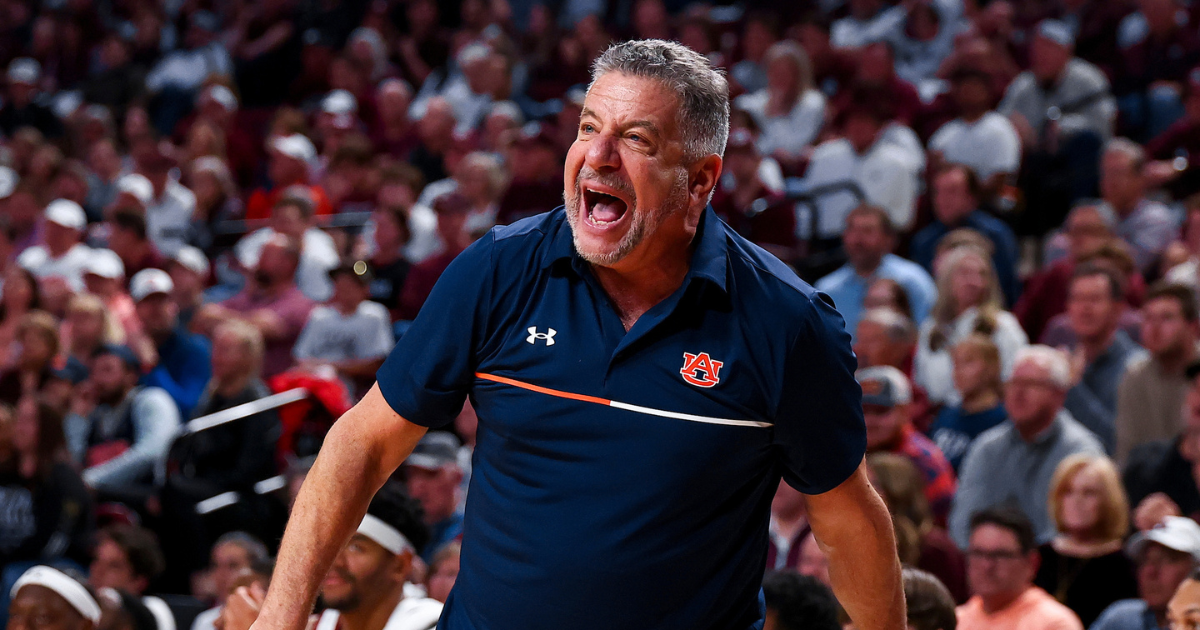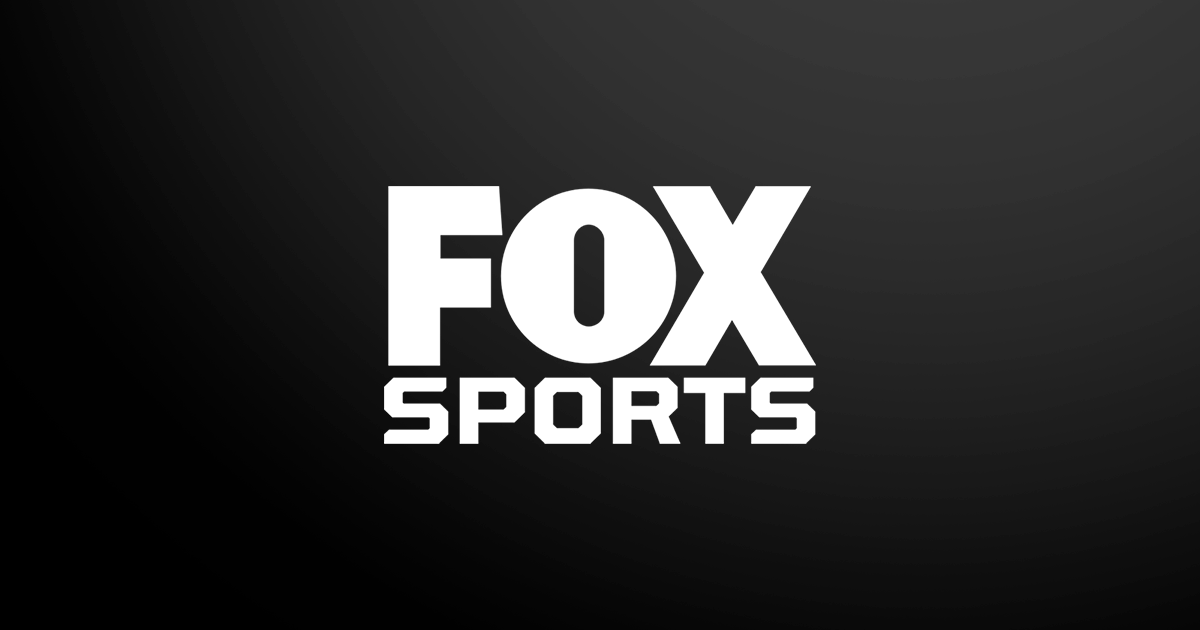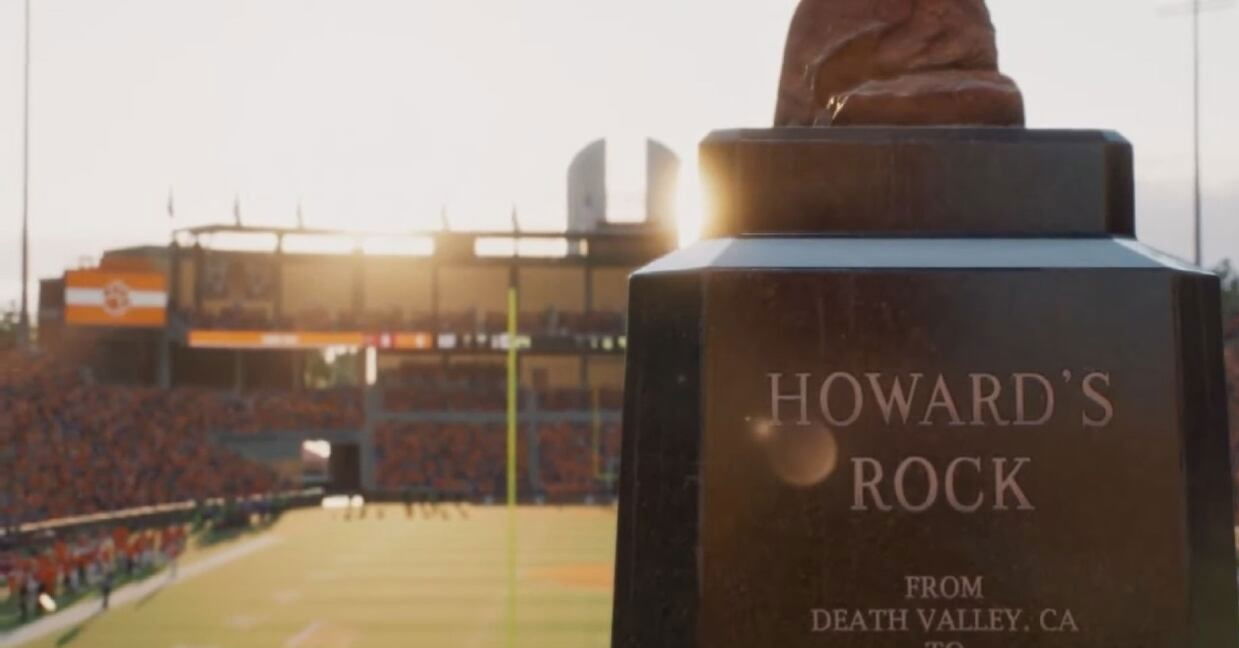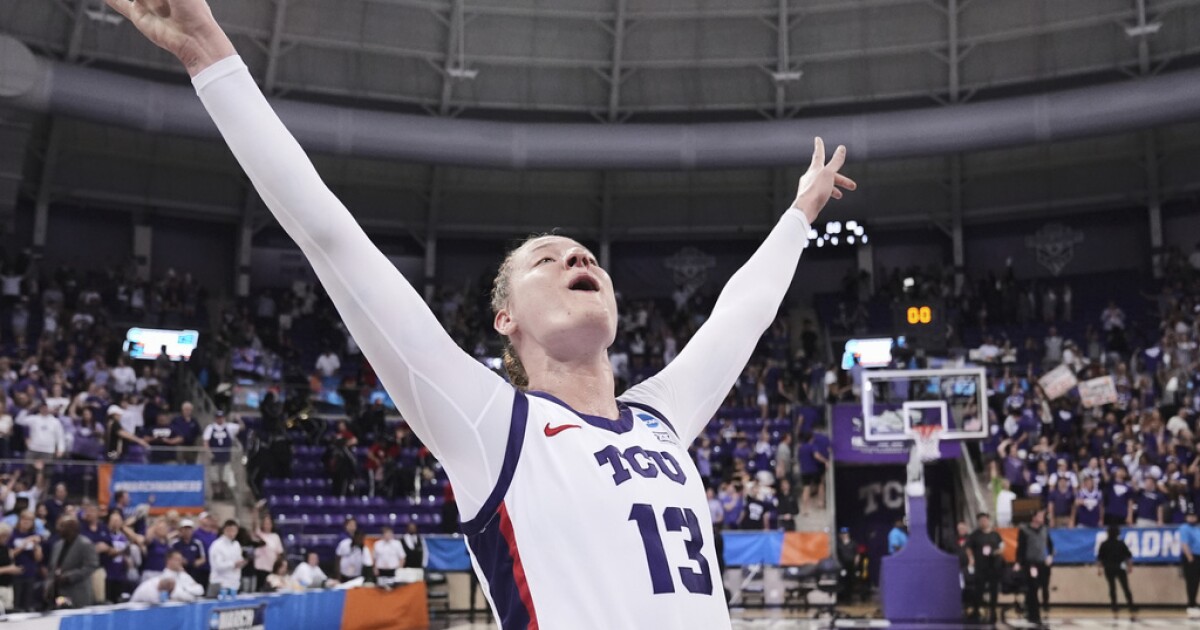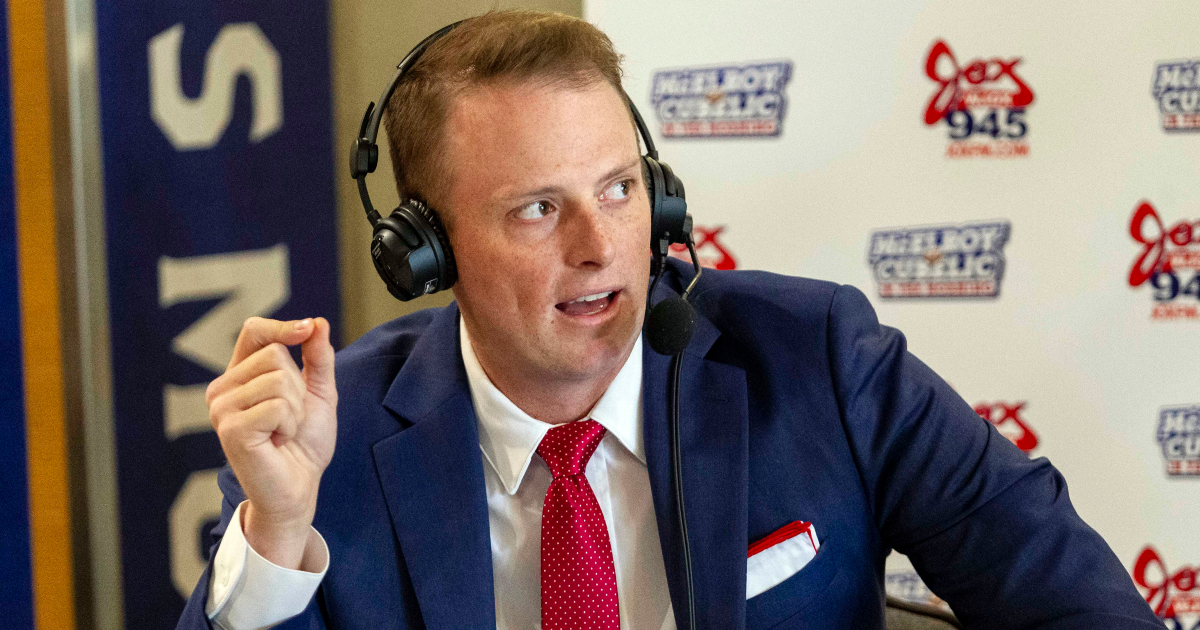Two days after the approval of a groundbreaking $2.8 billion antitrust settlement, thousands of athletic directors and department personnel traveled to Orlando, Florida, for the annual National Association of Collegiate Directors of Athletics convention.
The hot topic, of course, was the influx of changes both threatening and beneficial for schools across the country. According to NCAA President Charlie Baker, approval of the settlement may be the biggest change in college sports history. On July 1, schools that opt in to the settlement will embark on a new era of revenue sharing, changing the game both on and off the field.
Rewards
A handful of convention attendees breathed a sigh of relief on Friday night when U.S. District Judge Claudia Wilken announced her decision. It’s a quick turnaround and a period of trial and error is anticipated, but Division I athletic directors welcomed the news.
“The best thing is clarity,” UCLA athletic director Martin Jarmond said. “The best thing about July 1 is we now have clarity on the rules of engagement, what we’re allowed to do, how we can move forward. Does it solve everything? No, it doesn’t. But when you have clarity, you can operate more efficiently and effectively.”
Kentucky AD Mitch Barnhart was relieved to get the agreement in hand.
“We’ve been trying for so long to be part of this,” Barnhart said. “Maybe, just maybe, on July 1, we’ll sort of all know where we are on this one.”
Barnhart added that the College Sports Commission, an entity that will enforce compliance and set market value for NIL deals, will be a major positive.
“The College Sports Commission and the way that is coming around gives us guardrails and enforcement in a way that we can move forward collectively, together, for college sports,” Barnhart said.
Risks
In a settlement where high-revenue sport athletes have the most to gain, Title IX has emerged as a topic to watch.
The 75-15-5-5 formula has emerged as a popular revenue-sharing formula, meaning that schools are likely to allocate 75% of revenue-share funds to football, 15% to men’s basketball, 5% to women’s basketball and the remaining 5% dispersed to other programs. If a school spent the full $20.5 million allowed this coming year, that would mean a breakdown of $15.4 million for football, $3.1 million for men’s hoops and about $1 million each for women’s hoops and everyone else.
Montoya Ho-Song, an attorney for Ackerman LLP who specializes in higher education issues, expects Title IX lawsuits to come, just like one filed this week by eight female athletes. The area has shifted again under President Donald Trump, with guidance suggesting the federal government won’t hold schools to rigid requirements to distribute proceeds equitably between men and women.
“There are definitely going to be legal challenges related to this revenue-sharing model. I always tell my clients, look, your student athletes’ perceptions are their reality. If they think that they are not being treated equally, they will raise those concerns,” Ho-Song said.
She warned that the 75-15-5-5 formula shouldn’t be a one size fits all and suggested dividing revenue based on how it comes in isn’t a valid argument. The majority of rev-share funds going to football and basketball programs, especially when coupled with losing records, will inevitably stir the pot.
“Just because there is a 75-15-5-5 budget breakdown, that does not mean that that’s going to work on all campuses,” she said. “The analysis under Title IX is making sure that it is available and everyone has the same type of access to non-grant funds. So, you do have to figure out a way to creatively divvy up those funds, but always keep in mind, if someone feels as if they’re not being treated correctly, then that is always a legal risk.”
Warnings
Attorney Mit Winter, a college sports law specialist with Kennyhertz Perry, said it is paramount that athletic departments present an organized, united front.
Since the launch of name, image, and likeness compensation four years ago, Winter said, he has encountered several instances where athletic departments are giving conflicting statements and numbers to current and prospective athletes. That can lead to legal headaches, too.
“You need to have a plan that everyone is on board with and that everyone knows,” Winter said. “As a school, you don’t want to have a situation where five different people are talking to an athlete about how much they’re going to pay him or her. I think that needs to be much more formalized. The coach, assistant coaches, GM, everybody needs to be on the same page.”
St. Bonaventure men’s basketball general manager Adrian Wojnarowski and coach Mark Schmidt know exactly what their roles are — and aren’t.
“I will never talk to a player or a parent or an agent about playing time, their role,” Wojnarowski said. “During the season, if someone is disappointed in playing time and they call, the only conversation I’m having with a family member is supporting the head coach, supporting the coaching staff. And in the end, that’s a conversation for their son to have with the head coach. Then economically, we have to have one clear message in negotiations and finances.”
Impacts
There are concerns that the revenue-sharing era will have multiple impacts on college rosters.
Few athletic directors were willing to talk in any detail about plans for their campuses, but some of the moves have already begun in the search for more money to fulfill the details of the NCAA settlement: UTEP dropped women’s tennis, Cal Poly discontinued swimming and diving, Marquette added women’s swimming and Grand Canyon shuttered its men’s volleyball program. The athletic director at Cal noted the school expects to lose about 100 athletes.
Just how many of the so-called non-revenue sports — the ones that often feed U.S. Olympic teams — will be affected is also a concern. And many programs will need to find a niche that works for them, even if that means not consistently contending for national championships.



